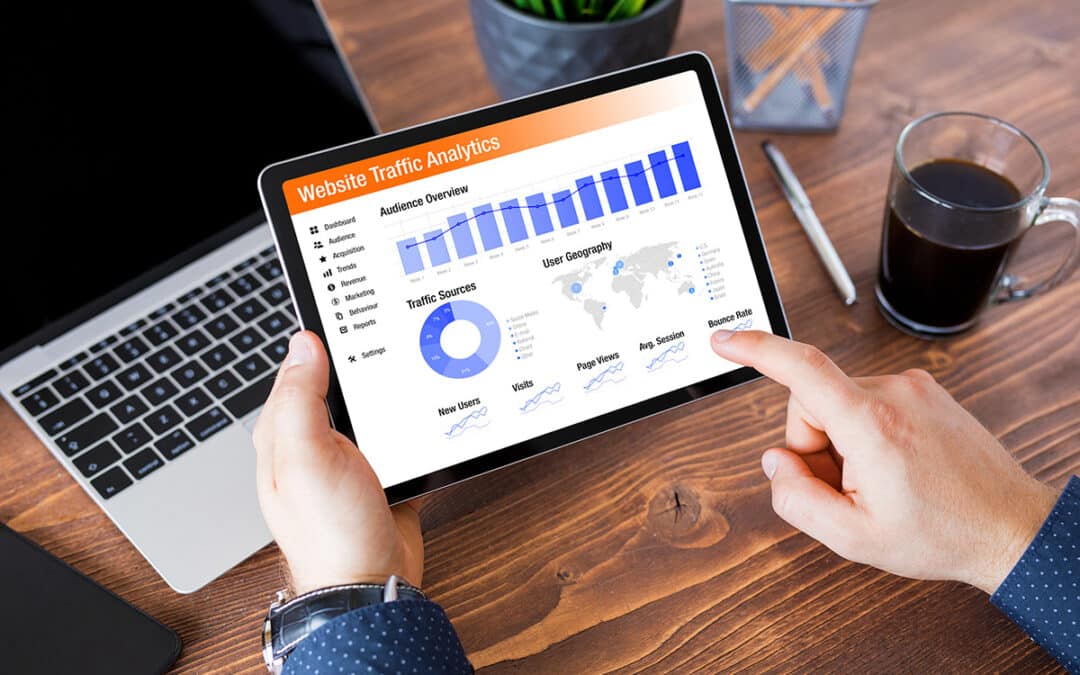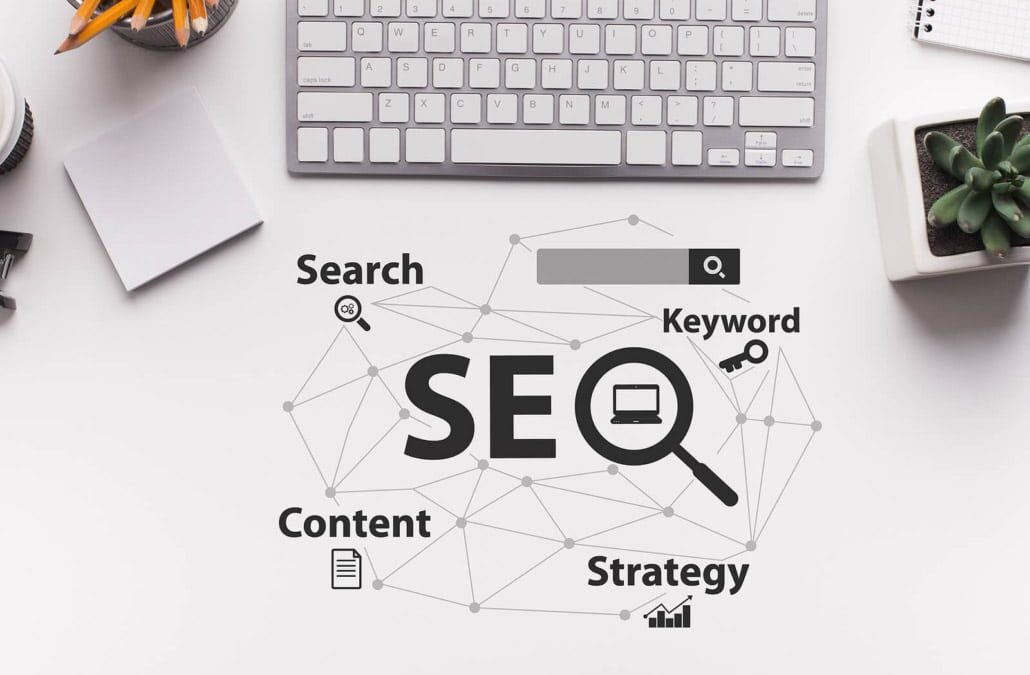5 On-Page SEO Do’s:
#1 Write High-Quality, Keyword-Driven Content
Relevant, well-written SEO content has always attracted high search engine rankings. Successful SEO strategies include the identification and strategic placement of targeted keywords, secondary keywords and related keywords. The latest trend is to employ the actual conversational queries that are used by web surfers during their searches.#2 Use Proper HTML Heading Tags
The proper use of HTML heading tags like H1 through H6 provides content structure to a webpage and results in increased website usability for searchers. H1 tags represent the main topic of a page, and H2 to H6 tags support the main topic in an ascending hierarchical order. Headings should contain text that closely relates to the page’s content. The content within H1 headings should be concise and contain keyword phrases for which you want to rank and for which you have determined to be of high value for your page.
Headings should contain text that closely relates to the page’s content. The content within H1 headings should be concise and contain keyword phrases for which you want to rank and for which you have determined to be of high value for your page.
#3 Format On-Page SEO Content Properly
Statistics show that people scan most web content and thoroughly read only the portions that they find most relevant. Subsequently, search engines have been known to give higher rankings to webpages that have concise, attention-getting headlines that introduce content that is broken up into short, engaging paragraphs. The H2 and H3 tags mentioned above can be used to help make the page easier to scan and skim. Studies have shown that users and search engines prefer shorter paragraphs that can be easily scanned.#4 Write Unique Meta Titles and Descriptions
If it is difficult for search engines to determine what a page is really about, the search engine may give the webpage a low ranking. Appropriately written meta titles and descriptions give search engines the indicators that it needs to categorize and rank the page. Effective meta titles include the targeted keyword the beginning of the title tag. The meta description should be written to describe a page’s content and the expected benefits of visiting the page. The description tag is your “sales pitch” and why the user should click on your link in Google. Meta titles and descriptions should be no longer than 60 and 155 characters in length respectively to avoid truncated messages.#5 Internal Linking
Placing internal links within a webpage can give designers opportunities to highlight keywords and phrases that appear within other pages using anchor text. Internal linking seems to be forgotten SEO tactic for businesses nowadays. However, recent studies have shown that effective internal linking strategies do correlate with a higher SERP ranking.5 On-Page SEO Don’ts:
#1 Keyword Stuffing
The overuse of keywords in page titles and content is called keyword stuffing, and search engines recognize the practice as unnatural and spammy. Pages that are flagged by search engines as having too many keywords generally receive lower rankings and could be removed in extreme cases. Savvy content marketers practice keyword optimization tactics like using synonyms and making sure that keyword density stays within reasonable rates of five percent or less. Free keyword density tools are available to marketers to ensure they are staying within this SEO best practice.#2 Irrelevant or Fluff Content
Once upon a time, search engines could be tricked into giving out high rankings to pages that had properly phrased and formatted “filler” type content to increase their word count. Those days are long gone as search engine algorithms become more sophisticated. Useful, relevant and well-written content is the key to optimized on-page SEO, high search engine rankings and user satisfaction.
Useful, relevant and well-written content is the key to optimized on-page SEO, high search engine rankings and user satisfaction.








